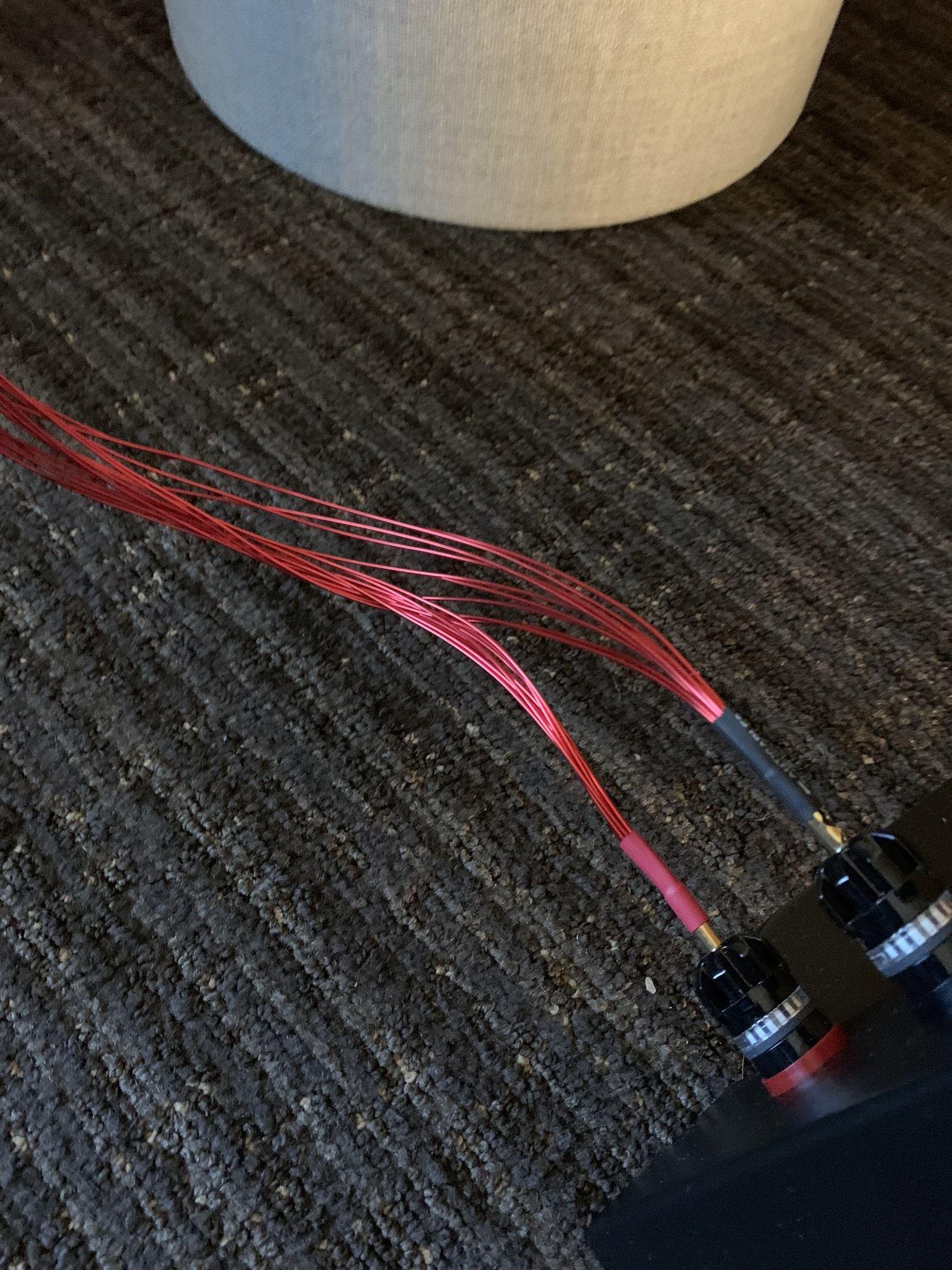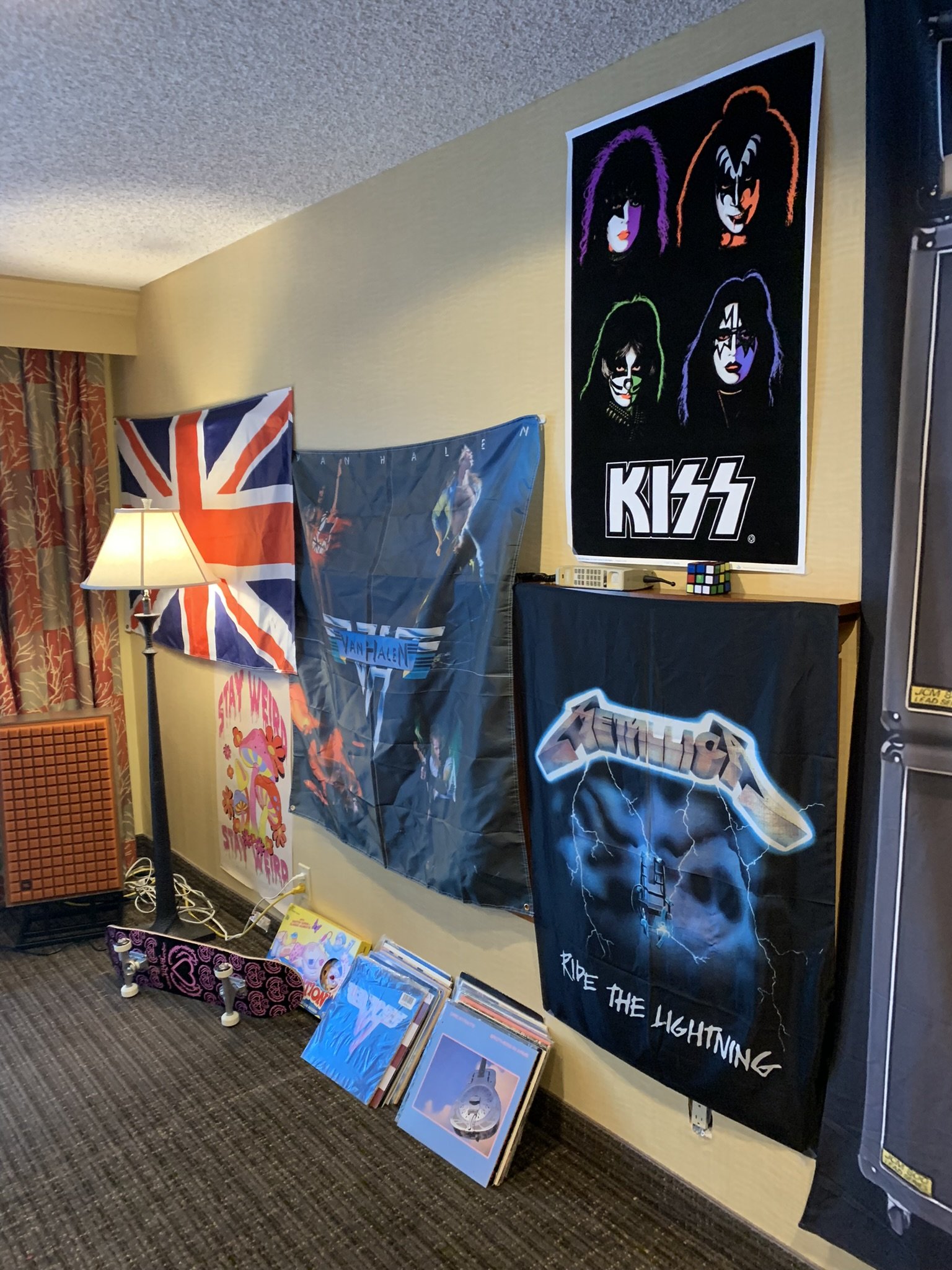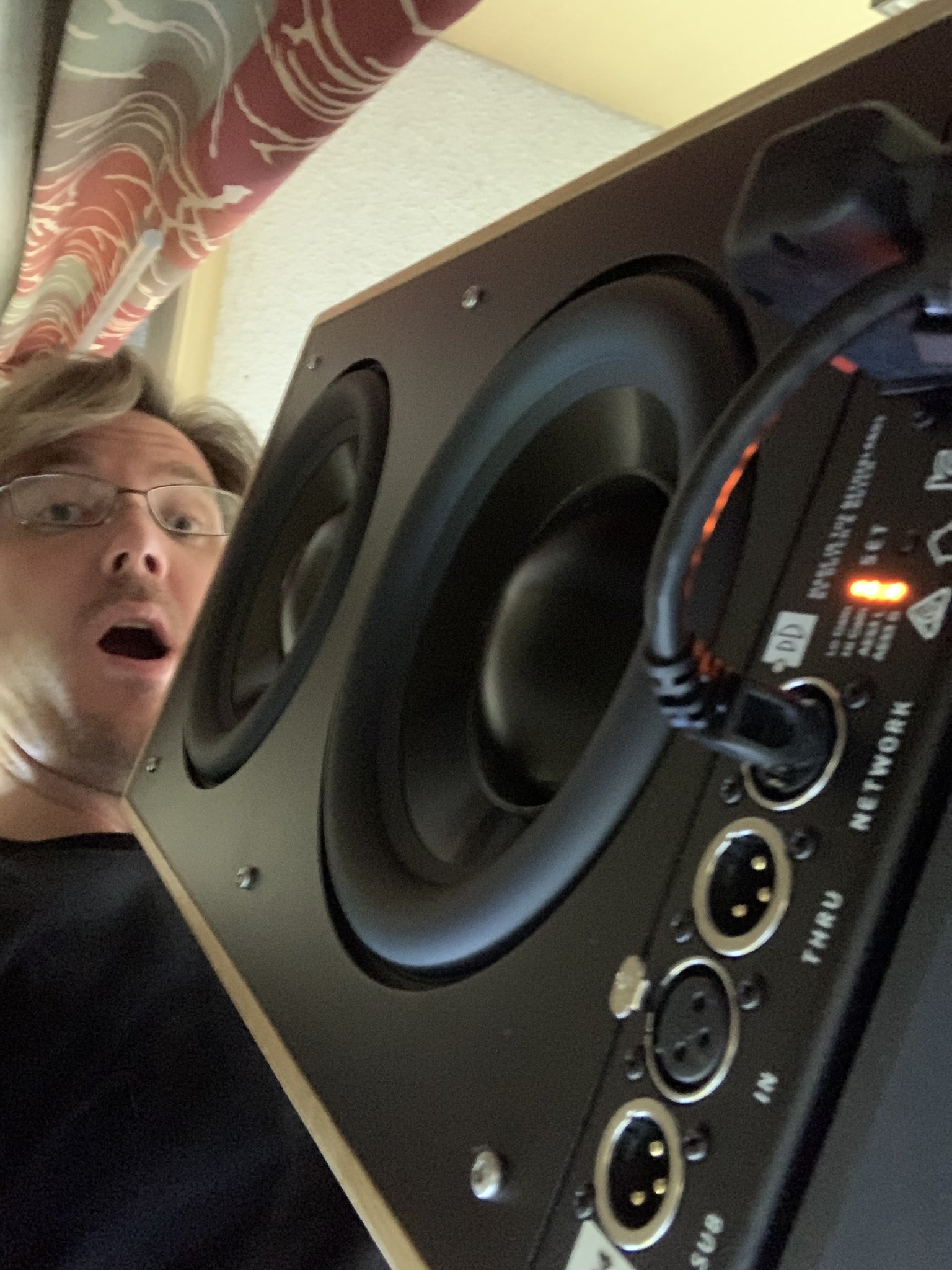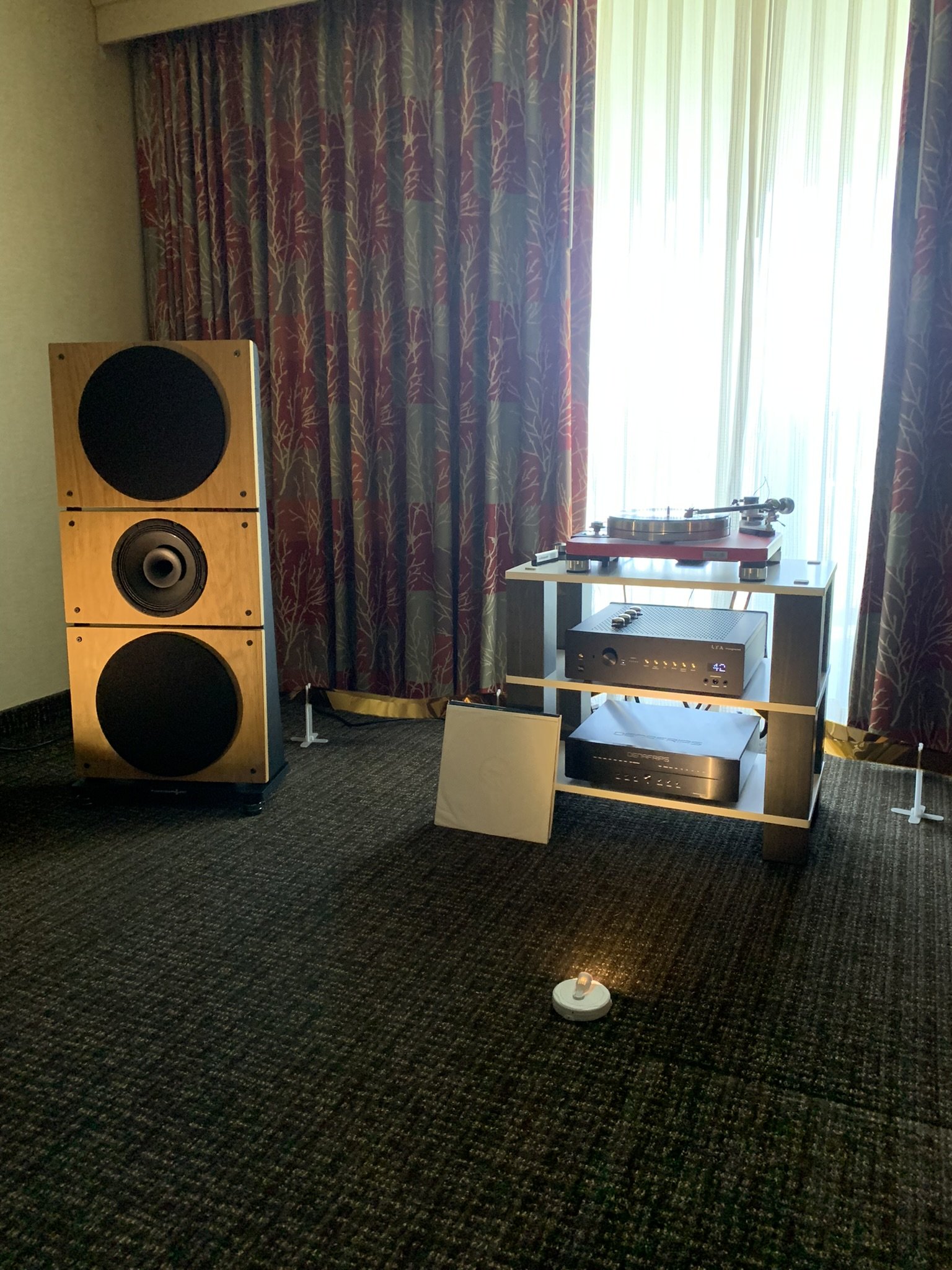Spatial Audio Lab’s Open Baffle Dipolar Q6
Are open baffle speakers any good?
During my visit to Seattle hanging out with Nick Tarnofski of Black Ocean Audio, I meandered over to the Spatial Audio Lab’s room for a demonstration of the Q6 wideband design dipole open baffle loudspeakers. At a factory direct price of $5000 USD per set, the Q6 is an excellent deal! manufacturers’ link (all non-affiliate links)
The Audiophiliac Steve Guttenberg said, if you have never heard a non-box speaker, get ready for a new experience! The Q6 was my first listen to an open baffle dipole speaker and wow! WOW!
The Q6 features customizable crossovers, the cover is open here to show the quality parts used.
The Technology Behind Q6
The Q6 combines cutting-edge wideband driver design with proprietary dipole bass technology, resulting in an exceptional blend of musicality and precision in playback. Its remarkably linear response ensures an immersive and accurate listening experience. Furthermore, meticulous attention has been given to the integration of high-quality crossover components and wiring, which play a crucial role in optimizing the subjective listening quality of the Q6. Despite its sleek styling and slim profile, the Q6 conceals a remarkable level of engineering prowess within its elegant exterior.
How did they sound?
I use this 10-point evaluation criteria to capture my subjective experience.
Track: Abdullah Ibrahim & Ekaya, Calypso Minor
Resolution: great
Depth: great, the delay in the crash of the symbols +++
Atmosphere: 5 stars, perhaps the greatest quality of open baffle speakers. They disappear, this is my most favorable quality.
Mid-Range: good, the three-inch wideband tweeter is crossed over at 400 Hz
Transparency: 5 stars
Presence: 5 stars
Visceral Impact: Tight, very dynamic, the horns (omg yes!). Loud but not too loud.
Focus: strong
Holographic Imaging: 5 stars, the cymbal crash, yes!
Bass: tight and plentiful
The Q6’s are reference level loudspeakers that leave me wanting their dipole sound in my room!
Paired with Q6’s were:
Linear Tube Audio LTA Z40+ integrated amplifier at $7650 USD manufacturer’s link . With only 51 watts/ch it drove the 85dB/W/m, 4 Ohm Q6’s effortlessly.
Innuos Zen Mini CD ripper, NAS & streamer link and LPSU linear power supply for the Zen link
Seen but not used: HoloAudio MAY DAC and power supply. This is considered by many to be an audiophile reference level component. link Some said it’s the lowest price point DAC worth the money, don’t spend any less.
Acoustic Sciences TubeTraps link
Adding spice (or removing it), ADDPOWR Wizard AC Harmonic Resonator / Power Conditioner link
The ANTIcables speaker cable, link
“No jacketing is used and the pure copper wire is insulated and hermetically sealed to prevent oxidation with a very thin yet durable red coating. There is no thick jacketing that blurs the music with a lot of bad sounding dielectric effect distortion.”
Who else was near room 2211?
Josh Meredith, Head of Marketing at Cardas Audio was there. Josh was rockin and jamming.
Interested in why Cardas Audio? Watch this Made in America YouTube series by Darko Audio and Jana Dagdagon.
From Rotterdam NL, Dutch & Dutch were close by with their fully active 8c.
Scotty, were there other dipole panel speakers you could compare to?
Yes, but critical listening requires time and hearing calibration, so I only reviewed the Spatial Audio Lab Q6’s. Here are several panel gems:
The Human Connection
The most important audiophile element is you and me, the human connection. It’s the bond created by our combined love of music and gear. It’s sharing this journey together.
What about the sound of the Black Ocean Audio [M] Stack? Read about it here at PTA.














